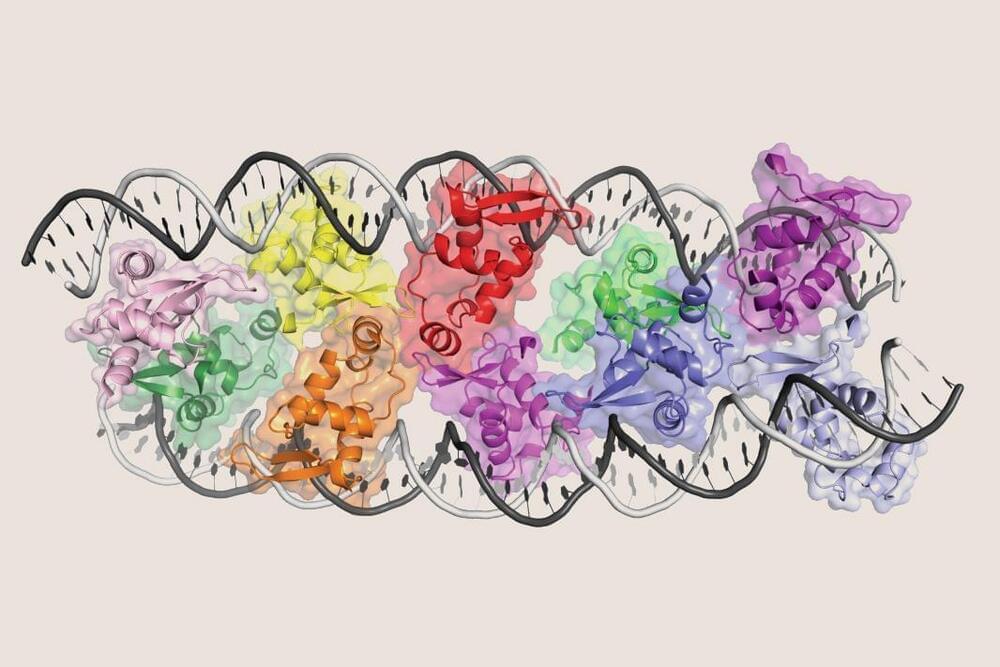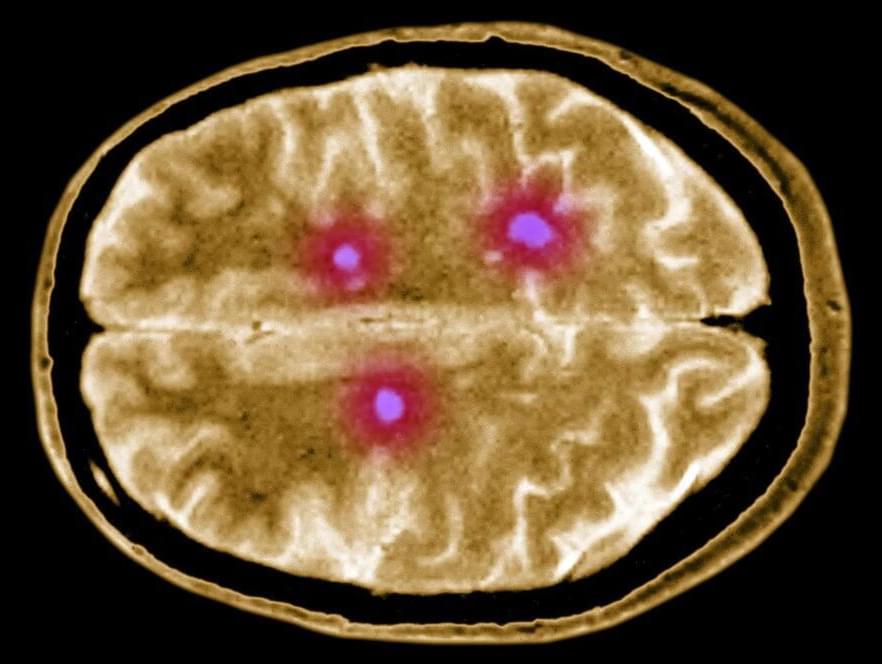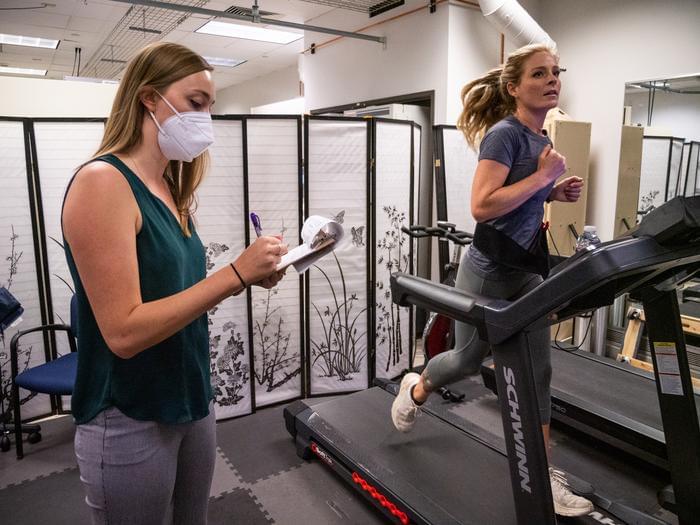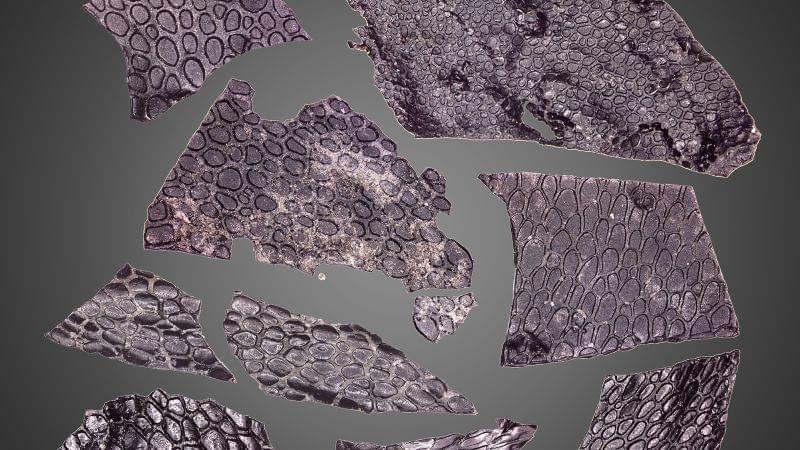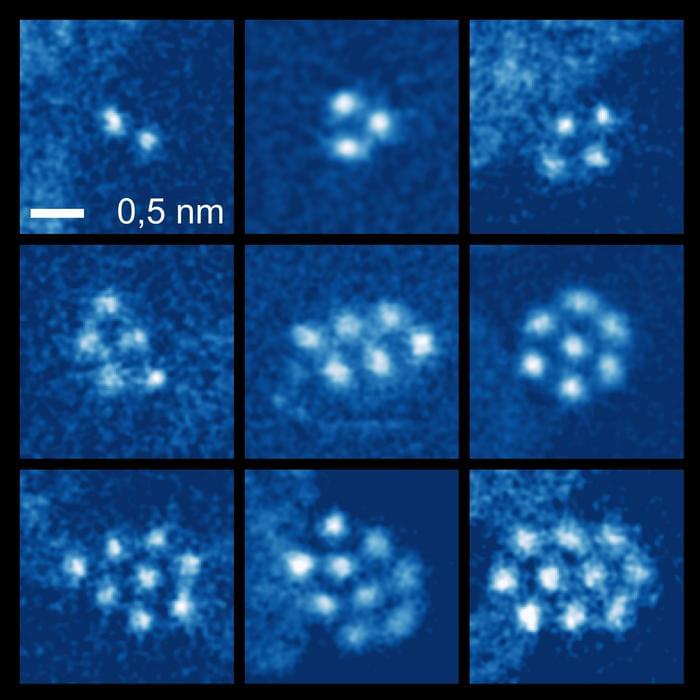The transcription factor FOXP3’s interactions with DNA present more evidence of the importance of disorder.
Since its earliest days, supramolecular chemistry has taken inspiration from biology. To create a ‘chemistry beyond the molecule’, supramolecular chemists can learn from the way nature builds hierarchies of organisation from the selective and orderly interactions of molecular components. At least, that’s what Jean-Marie Lehn and I argued in an overview of the subject in 2000.1 Yet while I still believe that today, I’m less sure that nature’s molecular principles can be easily translated into what Lehn has called a rational ‘science of informed matter’2 – and even less so that the principles used in supramolecular chemistry to create wonderful edifices of molecular order and design will by themselves give us anything like proto-living systems.
The reason is that life’s molecular principles are far less transparent than we thought even a few decades ago, and certainly less amenable to rational bottom-up design. An example is supplied by a new study of how a transcription-factor protein called FOXP3 interacts with DNA to influence the differentiation of regulatory T (Treg) cells, key components of the immune system, from their precursor cells. Transcription factors regulate gene expression, and one way FOXP3 seems to do this is by binding directly to DNA as dimers in which two of the proteins sit in ‘head-to-head’ contact.
